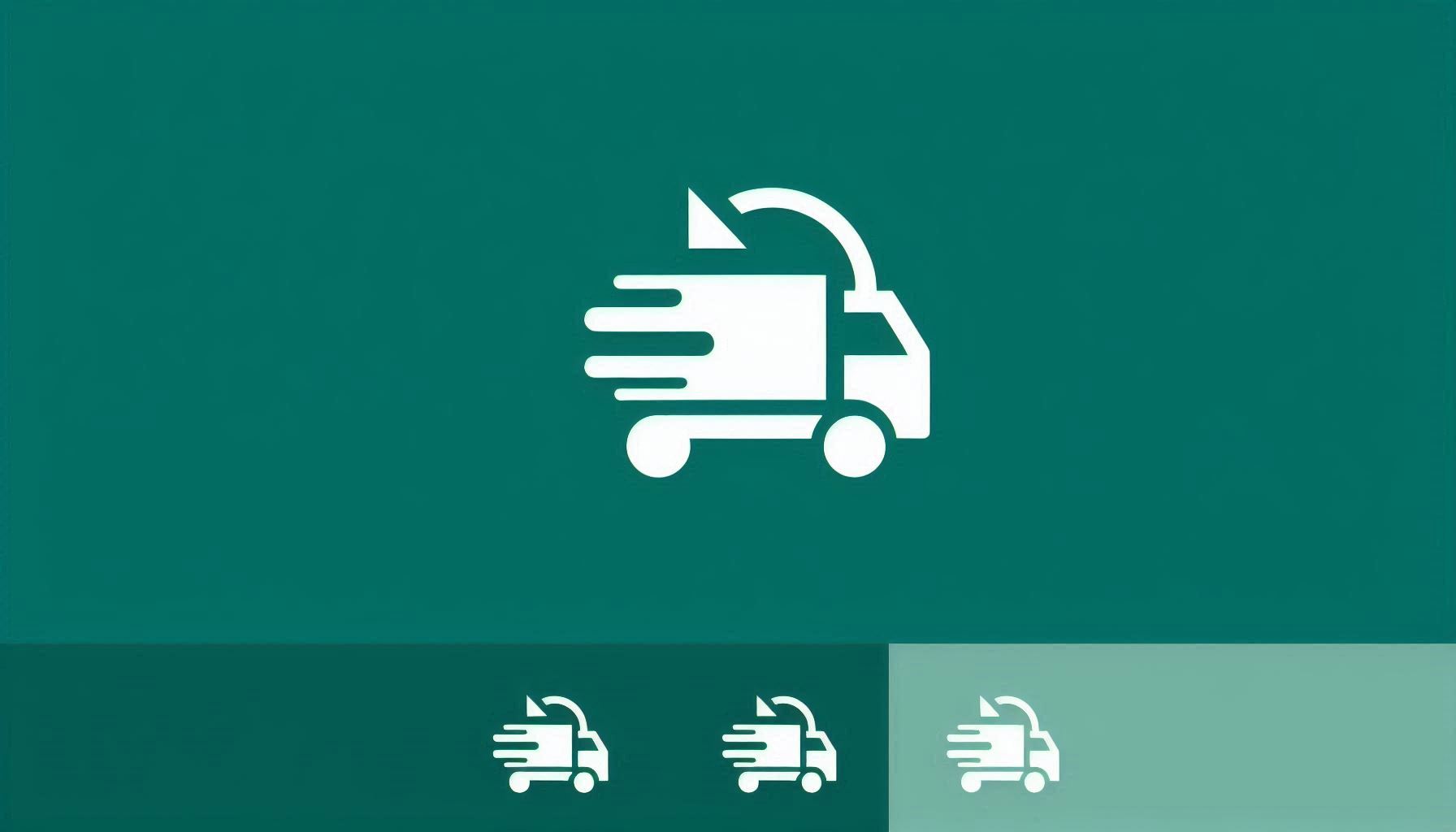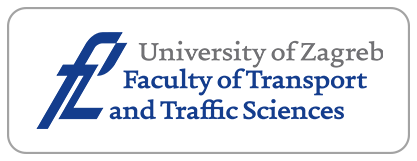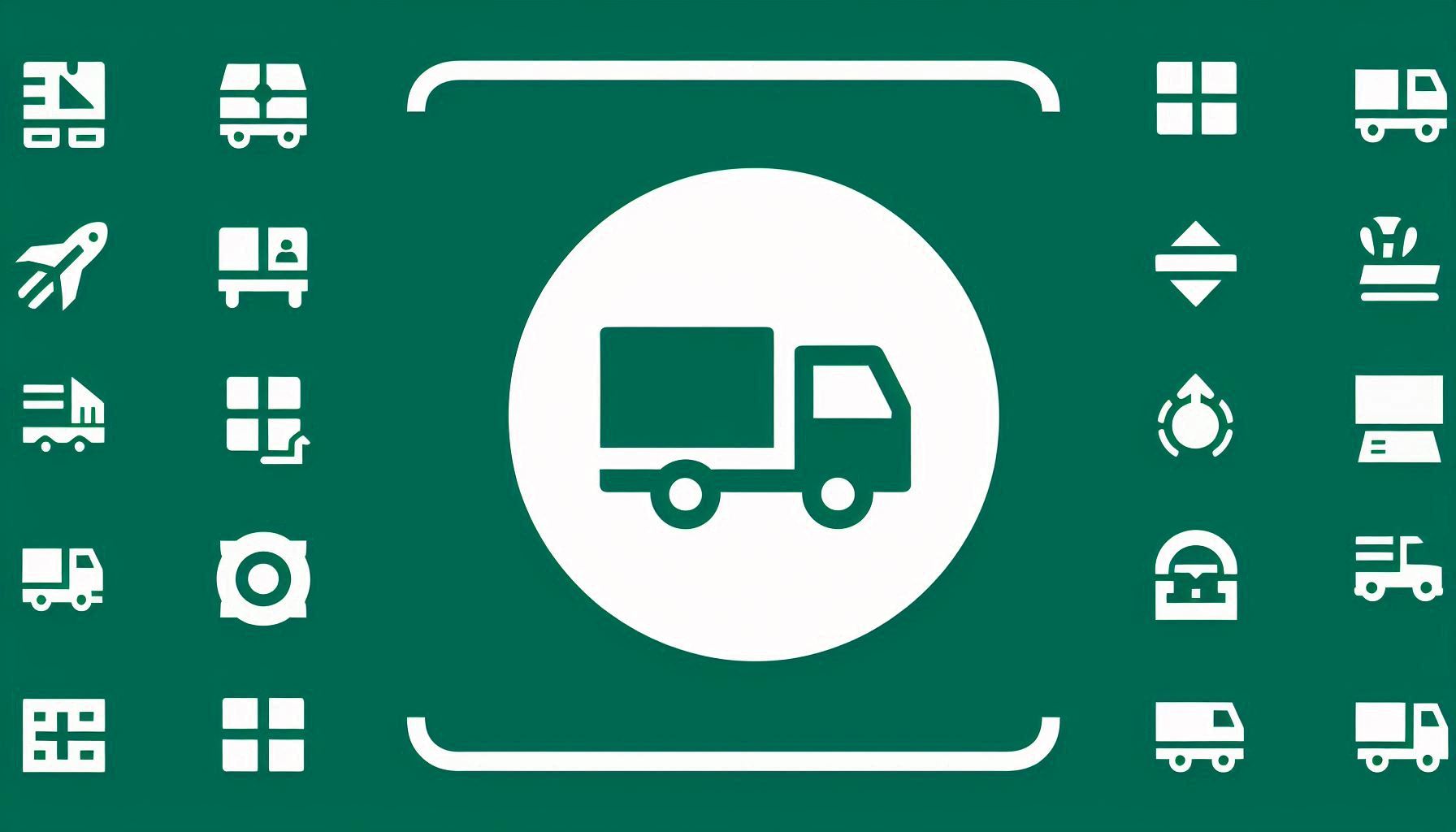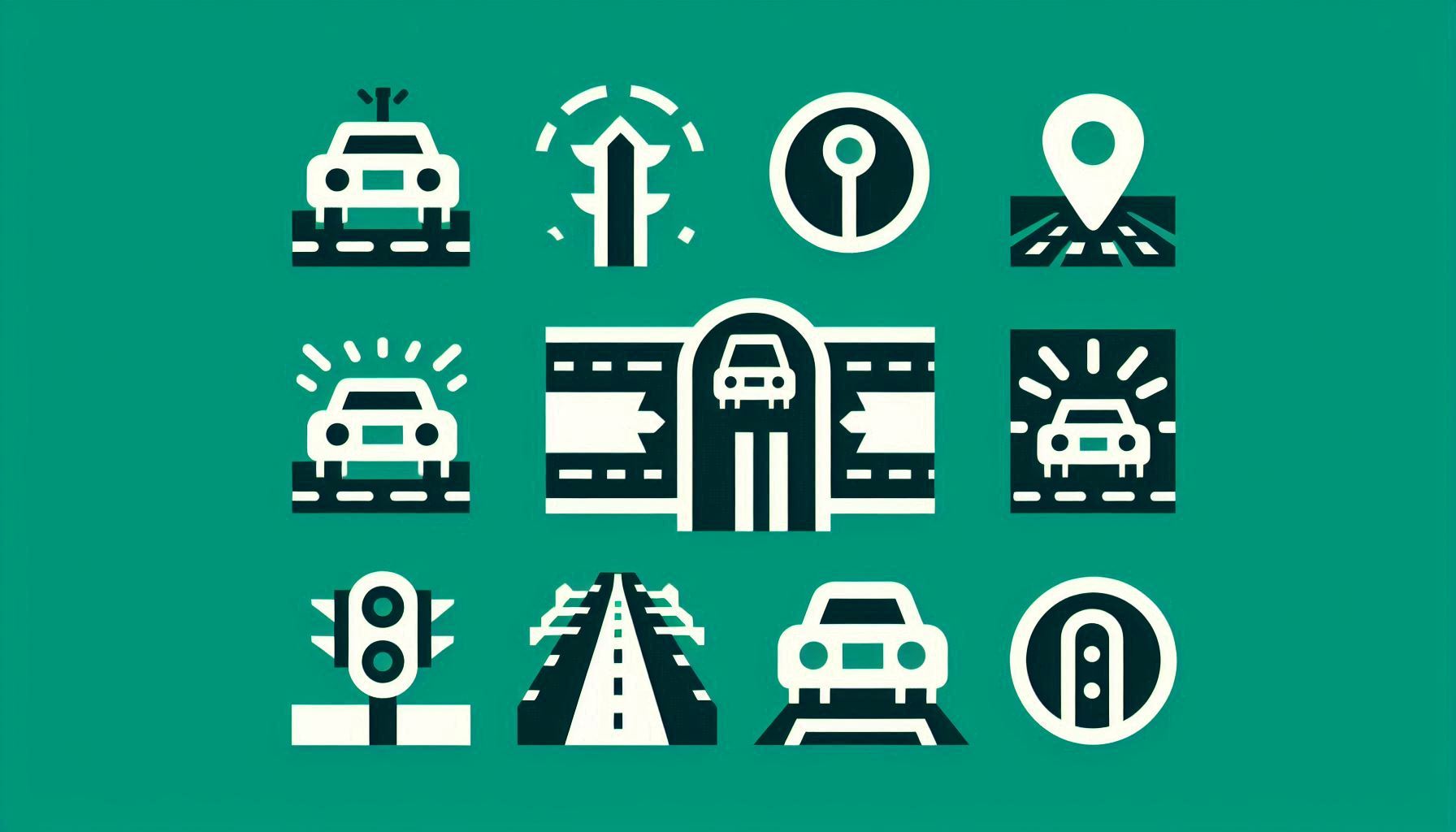Cargo Carrying Model of High-Speed Railway Express Considering Transportation Capacity Sharing and Carbon Trading

Downloads
In order to maximise the utilisation of high-speed railway (HSR) transportation capacity and facilitate the low-carbon development in transportation infrastructure, this paper examines the cargo carrying method in the context of transportation capacity sharing of HSR. With carbon trading incorporated into the profit of HSR express, a cargo carrying decision-making model is formulated with consideration of carbon trading. The model incorporates key constraints, including loading capacity of HSR and work ability of stations. A multi-loading rules genetic algorithm is developed within a genetic algorithm framework to solve the model, addressing the influences of cargo service types, origin-destination (OD) pairs and loading priority of HSR trains. The numerical case of Xi’an-Chengdu HSR line is implemented to validate the proposed model by the Gurobi solver, and the performance of different algorithms is compared. Results demonstrate the rationality of the three proposed loading rules and the superior performance of the multi-loading rules genetic algorithm. Sensitivity analysis indicates that improving station work ability and incorporating train transfer can improve overall profitability. However, when station work ability reaches 400 kg/min, further increases yield negligible benefits to total profit. Moreover, considering train transfer does not significantly enhance overall profitability but substantially increases computation time.
Downloads
Zhang C, Guo XR, Yan LX. Design of HSR express transportation scheme under passenger and freight Co-transportation mode. Railway Transport and Economy. 2023;45(06):8-14. DOI: 10.16668/j.cnki.issn.1003-1421.2023.06.02.
Jia S, Zhou C, Qin C. No difference in effect of high-speed rail on regional economic growth based on match effect perspective?. Transportation Research Part A: Policy and Practice. 2017;106:144-157. DOI: 10.1016/j.tra.2017.08.011.
Zhou LY, et al. Design and empirical research of Beijing-Shanghai high speed rail express products based on market segmentation. Railway Transport and Economy. 2022;44(12):50-56. DOI: 10.16668/j.cnki.issn.1003-1421.2022.12.08.
D’Alfonso T, Jiang C, Bracaglia V. Would competition between air transport and high-speed rail benefit environment and social welfare?. Transportation Research Part B: Methodological. 2015;74:118-137. DOI: 10.1016/j.trb.2015.01.007.
Chen Z, et al. The impact of high-speed rail investment on economic and environmental change in China: A dynamic CGE analysis. Transportation Research Part A: Policy and Practice. 2016;92:232-245. DOI: 10.1016/j.tra.2016.08.006.
Zhen L, et al. Research on the optimization model and algorithm of high-speed railway express network. Frontiers of Science and Technology of Engineering Management. 2023;42(04):9-17. DOI: 10.11847/fj.42.4.9.
Xu S, Liu K. Hub-and-smoke network optimization method of China railway highspeed express based on distributed robust optimization. Chinese Journal of Management Science. 2022;1-11. DOI: 10.16381/j.cnki.issn1003-207x.2022.1547.
Yang XM, et al. Demand assignment for express delivery in high-speed railway networks: A passenger train delivery mode. Systems Engineering-Theory & Practice. 2024;44(05):1699-1713. DOI: 10.12011/SETP2023-0119.
National Bureau of Statistics of China. China Statistical Yearbook. 2023. https://www.stats.gov.cn/sj/ndsj/2023/indexch.htm.
Wang YQ, Li RT. Review and prospects of carbon dioxide emissions peaking and carbon neutrality in urban agglomeration traffic. Transport Research. 2021;7(05):2-9. DOI: 10.16503/j.cnki.2095-9931.2021.05.001.
Yang XH, et al. Can high-speed rail reduce environmental pollution?. Evidence from China. Journal of Cleaner Production. 2019;239:118135. DOI: 10.1016/j.jclepro.2019.118135.
Lin YT, et al. Impact of high-speed rail on road traffic and greenhouse gas emissions. Nature Climate Change. 2021;11:952-957. DOI: 10.1038/s41558-021-01190-8.
Fang YX, Zhang XD, Li YY. Research on multicriteria decision-making scheme of high-speed railway express product pricing and slot allocation under competitive conditions. Mathematics. 2022;10(9):1610. DOI: 10.3390/math10091610.
Li H, Wang W. The road to low carbon: Can the opening of high-speed railway reduce the level of urban carbon emissions?. Sustainability. 2023;15(1):414. DOI: 10.3390/su15010414.
Li W, Zhang YW, Lu C. The impact on electric power industry under the implementation of national carbon trading market in China: A dynamic CGE analysis. Journal of Cleaner Production. 2018;200:511-523. DOI: 10.1016/j.jclepro.2018.07.325.
Zhou B, et al. How does emission trading reduce China's carbon intensity? An exploration using a decomposition and difference-in-differences approach. Science of the Total Environment. 2019;676:514-523. DOI: 10.1016/j.scitotenv.2019.04.303.
Xuan D, Ma XW, Shang YP. Can China’s policy of carbon emission trading promote carbon emission reduction?. Journal of Cleaner Production. 2020;270:122383. DOI: 10.1016/j.jclepro.2020.122383.
Ren SG, et al. Emissions trading and firm innovation: Evidence from a natural experiment in China. Technological Forecasting and Social Change. 2020;155:119989. DOI: 10.1016/j.techfore.2020.119989.
Shen J, Tang PC, Zeng H. Does China's carbon emission trading reduce carbon emissions? Evidence from listed firms. Energy for Sustainable Development. 2020;59:120-129. DOI: 10.1016/j.esd.2020.09.007.
Boehm M, Arnz M, Winter J. The potential of high-speed rail freight in Europe: how is a modal shift from road to rail possible for low-density high value cargo?. European Transport Research Review. 2021;13:4. DOI: 10.1186/s12544-020-00453-3.
Cai DL, Xiao YB, Jiang CM. Competition between high-speed rail and airlines: Considering both passenger and cargo. Transport Policy. 2021;110:379-393. DOI: 10.1016/j.tranpol.2021.06.015.
Bi MK, He SW, Xu WT. Express delivery with high-speed railway: Definitely feasible or just a publicity stunt. Transportation Research Part A: Policy and Practice. 2019;120:165-187. DOI: 10.1016/j.tra.2018.12.011.
Gao HL, Zhang MQ, Goodchild A. Empirical analysis of relieving high-speed rail freight congestion in China. Sustainability. 2020;12(23):9918. DOI: 10.3390/su12239918.
Duan HW, et al. Express delivery logistics with high-speed railway: a perspective of payment scheme and forecast information sharing. Complex & Intelligent Systems. 2023;9:2379-2391. DOI: 10.1007/s40747-021-00304-1.
Yu XQ, et al. An empirical study on the design of China high-speed rail express train operation plan—From a sustainable transport perspective. Sustainability. 2018;10(7):2478. DOI: 10.3390/su10072478.
Yu XQ, et al. An empirical study on the comprehensive optimization method of a train diagram of the China high speed railway express. Sustainability. 2019;11(7):2141. DOI: 10.3390/su11072141.
Li SQ, et al. Optimization of high-speed railway line planning with passenger and freight transport coordination. IEEE Access. 2022;10:110217-110247. DOI: 10.1109/ACCESS.2022.3210578.
Jia XY, He RC, Chai H. Optimizing the number of express freight trains on a high-speed railway corridor by the departure period. IEEE Access. 2020;8:100058-100072. DOI: 10.1109/ACCESS.2020.2995176.
Zhen L, et al. A decision model for high-speed railway express systems. Computers & Industrial Engineering. 2023;177:109087. DOI: 10.1016/j.cie.2023.109087.
Xu GM, et al. Optimize train capacity allocation for the high-speed railway mixed transportation of passenger and freight. Computers & Industrial Engineering. 2022;174:108788. DOI: 10.1016/j.cie.2022.108788.
Yu XQ, et al. Research on high-speed railway freight train organization method considering different transportation product demands. Mathematical Problems in Engineering. 2021;2021:1-17. DOI: 10.1155/2021/5520867.
Yang JS, et al. Cargo carrying decision-making method of high-speed railway express based on transportation capacity sharing. Systems Engineering - Theory & Practice. 2024;44(6):2046-2058. DOI: 10.12011/SETP2023-0630.
Woo YB, Kim BS. A genetic algorithm-based matheuristic for hydrogen supply chain network problem with two transportation modes and replenishment cycles. Computers & Industrial Engineering. 2019;127:981-997. DOI: 10.1016/j.cie.2018.11.027.
Fan HM, et al. Hybrid genetic algorithm with variable neighborhood descent for the vehicle routing problem with simultaneous stochastic pickup and deterministic delivery. Systems Engineering-Theory & Practice. 2019;39(10):2646-2659. DOI: 10.12011/1000-6788-2018-0957-14.
Cheng C, et al. Multi-period inventory routing problem under carbon emission regulations. International Journal of Production Economics. 2016;182:263-275. DOI: 10.1016/j.ijpe.2016.09.001.
Zhang LY, et al. Low-carbon cold chain logistics using ribonucleic acid-ant colony optimization algorithm. Journal of Cleaner Production. 2019;233:169-180. DOI: 10.1016/j.jclepro.2019.05.306.
Copyright (c) 2025 Jingshuai YANG, Jiechan YAN, Yu'e YANG

This work is licensed under a Creative Commons Attribution-NonCommercial 4.0 International License.




















